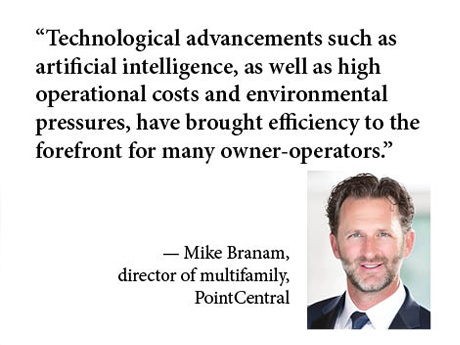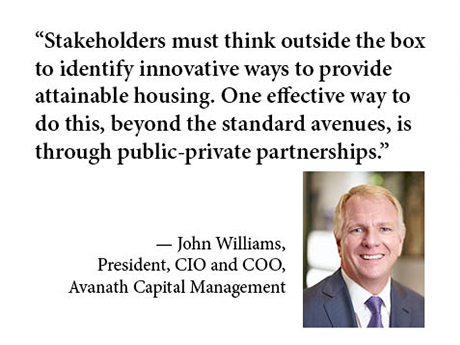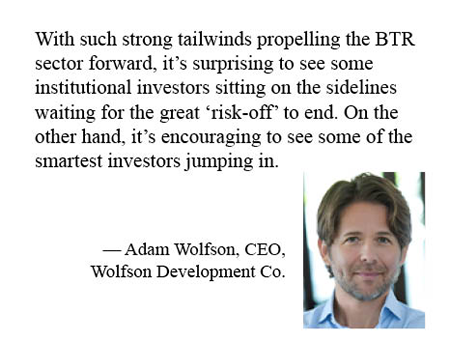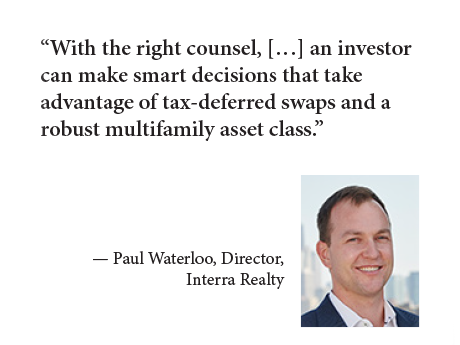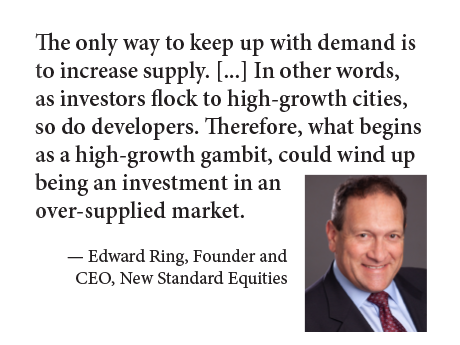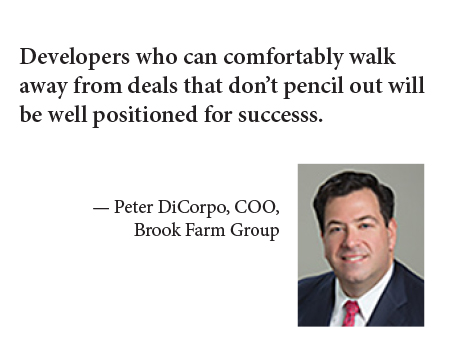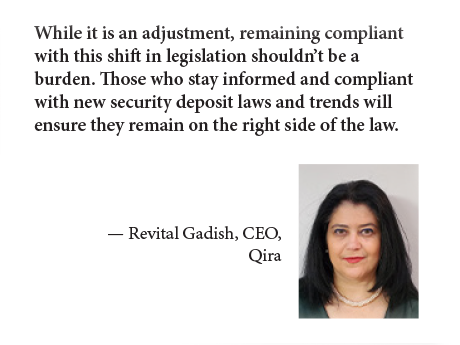— By Mike Branam, director of multifamily, PointCentral Renters increasingly desire smart technology features and personalized automation that can save time, money and improve property security. A 2022 survey from Rent.com reported that a staggering 82 percent of renters wanted at least one smart device in their home. This has encouraged property owners and operators to invest in technology as part of a wider strategy to both attract and retain a resident base that is a good fit for their communities. Technological advancements such as artificial intelligence (AI), as well …
Industry Voices
— By John Williams, president, CIO and COO of Avanath Capital Management It’s no secret that the dire shortage of affordable housing is an ongoing issue throughout the nation. The National Multifamily Housing Council reported in 2022 that the United States would need to build 4.3 million new apartments by 2035 to meet demand. The report also stated that the nation’s number of affordable housing units declined by 4.7 million from 2015 to 2020. Unfortunately, there is no one-size-fits-all solution to the problem. Both local and federal governments are taking …
— By Kathleen Milisky of Utility Revenue Services (URS) — Every developer knows all too well the headaches that can arise from utilities while building or managing a community. Time lost to issues such as power outages, delayed inspections and miscommunication can add unnecessary costs to any project. Smart utilities management is an effective way to stay ahead of problems before they start. Owners have the option of turning responsibility for the utilities over to an expert before they even pull a construction trailer onto the development site. It can …
Miami is bolstered by a strong tourism sector and population growth, but how has the market fared through the economic tumult of 2023? Multifamily & Affordable Housing Business (MAHB) recently interviewed Robert Kaplan, executive managing director at Cushman & Wakefield, about the state of the market. Kaplan and his team are the newest members of Cushman & Wakefield’s Equity, Debt & Structured Finance group, which provides a full-spectrum financial services platform to both domestic and international clients. MAHB: Can you contrast the differences in multifamily transactions in Miami between 2023 and 2022? Kaplan: …
— By Adam Wolfson and Darryl Kasper of Wolfson Development Co. — Against a backdrop of recently proposed (though unlikely to pass) legislation aimed at forcing large build-to-rent (BTR) and single-family-rental investors to shed units and convert them to for-sale housing, BTR fundamentals — and the investment case for the sector — remain strong as ever. While debatably well-intentioned, the legislation mistakes correlation for causation. The BTR sector is indeed benefitting from problems in the housing market. However, these problems pre-dated the industry and are more likely caused by factors …
1031 exchanges are an effective way for investors to protect their capital. They also historically have experienced strong fundamentals in the long term. Why, then, aren’t more multifamily investors taking advantage of tax-deferred swaps? Many property owners simply lack the expertise and industry connections to source acquisition opportunities that meet their objectives. This is especially true considering the tight timeframe many 1031 exchanges operate under, as these types of deals have a built-in ticking clock. Once an investor sells an asset, he or she has 45 days to identify a …
Multifamily & Affordable Housing Business: How did each jurisdiction define the moratoriums in California? Did it vary? Ring: The eviction moratoriums began in California during the outbreak period of COVID-19. The immediate response from state and local governments was to prevent landlords from evicting non-paying residents via an ‘emergency order’ declaration. Each jurisdiction settled on their own methodology and created a near-impossible set of rules for landlords who operate in multiple cities. Often, a county had a set of rules, the city had a set of rules, and the state …
— By Jack Swoboda and Ross Piermarini, co-founders, SymmetRE — We are living in a unique moment. A transition period. The advancements made in artificial intelligence (AI) in the past year have put a massive spotlight on the technology. Practical use cases that were once a dream are now becoming a reality. Before we dig deeper into the effects AI can have within commercial real estate, it is important to first define the types of technologies we are talking about. The term “artificial intelligence” gets thrown around pretty freely these …
— By Peter DiCorpo, COO, Brook Farm Group — The multifamily sector has been on a tremendous run for more than a decade, attracting record levels of new construction and capital and generating strong rent growth that has occasionally reached into the double digits. However, given the recent economic and market headwinds, some might conclude that this notable level of activity is over, but that is not the case. Instead, there are clear signs that this sector is poised for long-term growth and will continue to deliver solid returns for …
— By Revital Gadish, CEO, Qira — More than a third of Americans rent their homes, according to the U.S. Census Bureau. As such, the political landscape is evolving to fit their needs. An influx of new laws and proposed legislation has ensued, aimed at increasing transparency and fairness and avoiding financial hardship for tenants. Much of the ensuing legislation is focused on security deposits. The strictest of the bills bans security deposits entirely, while others are capping the amount landlords can charge as a security deposit. So far, Texas, …

